Note: This article contains spoilers for the new book, Star Wars: Dark Disciple.
Often in the real world do people lose themselves in the grasp of new love. They attempt to redefine themselves within the sheltering confines of a new relationship, only to emerge a changed version of the person that once was. We find that with Quinlan Vos, who falls in love with the enigmatic and exotic Asajj Ventress in Star Wars: Dark Disciple, the new novel by Christie Golden that was adapted from eight unaired scripts from The Clone Wars.
Vos, in his heady willingness to embrace new feelings of love, strays from the Jedi path he always knew and not only accepts a larger view of his emotional range, but also of the Force. And with this emotional bravery comes reciprocated feelings from the most unexpected person: Asajj Ventress, the one-time Sith acolyte turned yellow-lightsaber-wielding bounty hunter. Together, their relationship will force them each to face their past, as well as their affiliations to the dark side and the light, drawing in both the Jedi and the Sith as they grow into fully-formed beings of both light and dark that crave nothing more than freedom to be who they are.
However, it is one thing to be brought into the light after living a lifetime in darkness. It is quite another for a person who has lived in the light to fall to the dark.
As a reader I found myself excited for Master Vos and his daring exploration of what it means for a good Jedi to know love. On the other hand, I became anxious for the man and his too-quick compromising of his core beliefs. This sort of change did not feel healthy, albeit far too realistic. Who hasn’t had a friend change overnight when starting a new romance?
However I think Master Vos’ willingness to embrace love was the right way; it is a complicated area of the Force that the Jedi never truly conquered. If anything can be learned from the fall of the republic and of the Jedi, it is that the Jedi Order did not grow and change. It did not iterate upon itself to become a more perfect organization of Force devotees, and in doing so became obsolete. Quinlan and Asajj were on the right path; if only they did not have death, destruction and the dark side to unite them in common purpose.
Master Vos’ willingness to accept the power that the dark side granted him was another thing altogether. Asajj led him down the wrong path, and it nearly consumed the man. Throughout the entire novel, I grappled with the idea that it was possible to control the dark side. It went against all Star Wars canon to this point. The dark side consumes; it takes exceptionally powerful Force users such as Anchorites or Chosen Ones to balance the Force. Unfortunately, Quinlan Vos was neither.
I’m in an interesting position: I feel rather fortunate that I never knew the EU version of Quinlan Vos, who, for all accounts (and all my research), was a very interesting character. The Quinlan Vos I know is a glimpse of a background character in The Phantom Menace, a mere mention in Revenge of the Sith, and sadly, not much more than a caricature in a bizarre season three episode of The Clone Wars that actualy gave him a surfboard. Needless to say, there was a major opportunity to make something of the character in canon, and this novel does so exceedingly well. I had a clean slate for who this Vos is, and had nothing to compare and analyze. It was breath of fresh air to see his arc unfold without the trappings and baggage of previous work in the back of my head.
At the outset of the novel, Quinlan Vos is a good Jedi, perhaps a great one. He embraces the Force with a delight and happiness we see in Yoda in The Empire Strikes Back, and the self-awareness and experience of one who understands the ways of the Living Force. One wonders who Vos would have been if he never crossed Ventress. Who would he have become? Would he still have gone the same way? Clearly, his embrace of the dark side could not have been achieved without major doubt in the surety of the Jedi Order.
And to that point, the idea of an assassination attempt by the Jedi shows just how lost the order is. It is decidedly a bad idea, and not the way of the Force. This seems like a last resort for an order of knights who have lost their way in the fog of war. As the dark side shrouded and impeded their ability to use the light side of the Force, they have made decisions that are worse and worse. This feels like an all-time low for the Order. Kenobi is at his best in the anticlimax of the book, reprimanding the Jedi Council on how they have lost their way.
I am also relieved to see a genuine and deep friendship between Kenobi and Vos. It makes the younger Kenobi of The Clone Wars a more well-rounded character and less of a sarcasm machine for Anakin to bounce off. Kenobi’s depth is real, just as his admiration for Ventress is as well. It is always refreshing to understand a little more of Kenobi the man rather than Kenobi the master. Besides, who doesn’t love to see Kenobi in his natural habitat: a seedy bar!
The romance between Vos and Asajj is honest, well-won, and a pleasure to read. Golden is masterful in her development of this relationship, allowing the reader to see both points of view with equitable charity. Golden paints scenes with passion, sensuality and tenderness not often found in science fiction, and rounds the characters in ways not often seen in Star Wars. The romance in the first half of the book is legendary, and only sets up the tragedy of the second half to deliver upon.
At the outset, Vos and Ventress are at once complete opposites and kindred spirits. He is the optimist, a beacon of casual, unorthodox hope. She is world-weary and damaged, smoldering with anger at many futures lost. He is steadfast in his place in the universe, a loner who loves his friends and his home. She is lost, rejected at every turn, living day-to-day; a loner by necessity, not by choice. He seems to radiate unbounded light; she expounds a controlled darkness that’s apart from the ways of the Sith. Together, they forge their own way into a grey area of the Force based on the full range of their emotions, and it takes Vos to plunge into darkness and hate for Asajj to find her goodness.
Despite the twists and turns that Quinlan Vos takes between the dark side and the light, not a page went by that I didn’t think of the line from Episode III: “In short, they are going very well. Saleucami has fallen, and Master Vos has moved his troops to Boz Pity.” I knew the character would end up there, but in what form? For a while, I wondered if Vos would be an enemy retreating to Boz Pity!
I do think there was an opportunity lost here. The Outer Rim sieges should have begun here. It would have been great to see this final conflict in the war, to see Asajj and Vos fighting side by side. And, of course, did Vos survive Order 66?
Additionally, there are many interesting things to be learned about Count Dooku in this book. As the years go by, it is clear that the Count is one of the more enigmatic characters in the saga. Was he truly a Sith? (Sort of.) Did he really want to overthrow Sidious with Kenobi’s help? It turns out that yes, he actually did. Dooku, like Ventress, sought to use the dark side but not be consumed by it. We identified as Sith, but by his own admission in the book, he was not “a normal Sith.” This clarity and insight into the character alone makes Dark Disciple a must-read.
Surprisingly, one of the most boring parts of this book is the rather pedestrian adventures of Anakin and Obi-Wan. Anakin feels static; there’s nothing of the edgy, anger prone character from the Utapau arc. Where did he go? There was an opportunity to tie this book’s Anakin into the larger Star Wars saga here that was missed.
I would be remiss if I didn’t mention the amazing scenes at the Nightsister village, where Asajj pressures Quinlan to take a step wholly unnatural in his slaying of the Sleeper. Such twisting and darkness was beautifully portrayed—but did you catch the multiple references to Dune? Time and again, Frank Herbert’s seminal sci-fi epic provides inspiration for Star Wars. Here, it all but confirms that the Nightsisters are directly inspired by the Bene Gesserit of Dune. First, they are both referred to as witches. Second, they both drink a substance known as the water of life as initiation, which provides insight and power. Third, the water of life is created by a creature that lives deep below the planet’s surface. Fourth, their organizations are led by “Mothers.” Fifth, the entire idea of “awakening the sleeper” is a direct reference to Dune’s Kwaisitch Haderach, who is referred to as a sleeper that must awaken. These are unmistakable markers for those in the know, and it is very satisfying to see Star Wars still drawing influence from such a rich source even 40 years later.
Finally, the end of this book merits special attention. As our character converge for final confrontation, we finally see Quinlan Vos brought back to the light side through his own choice He did it for love, and was redeemed from within. However, none of it would have been possible without a momentarily prescient vision from Ventress. What spurred this? It would seem to be an honest redemption of her place in the Force; an acceptance of the light side through her love of Vos that led to unlocking newfound powers. And, in doing so, she understood she must sacrifice herself to save her true love.
In my accounting, Asajj Ventress was the first person in canon to die of Sith lightning. Not Luke, not Yoda, not Windu, not Palpatine, and not Vader (trust me; proof coming soon to RetroZap). Why did Ventress die, when all others did not? In my opinion, she accepted her destiny in this moment and allowed herself to succumb to this attack in a way others would not. Either that or Nightsisters are really vulnerable to it. No matter what, the redemption of Ventress, a character with over a decade of backstory behind her, was an absolute payoff, and the redemption of Vos was well deserved after his torture throughout this novel.
From a literary standpoint, Golden uses overuses litotes in her writing, creating paragraphs that cause a reader to be lifted out of the story. They stand out and feel unnatural in contrast to the other 99% of the book. I’d like to see this removed from her future works, as it does nothing to improve her considerable command of storytelling voice and pacing.
And, as for future work, I hope Golden writes many, many more Star Wars novels; she took what could have been a throwaway story that was never aired into an absolute classic of Star Wars storytelling. Honestly, I prefer this story as a novel; it allows us to get inside the minds of the characters and linger with their thoughts and motivations in a way that 22-minute animated storytelling just cannot do. It is far and away the best novel of the new canon. If this is the direction for the future, I am very, very pleased.
Author: Joseph Tavano
Joseph Tavano is the Editor in Chief of RetroZap.com. Born just months before Luke found out who his father was, he has been fortunate to have Star Wars in his life as long as he can remember. Growing up just outside of Boston, Massachusetts, he can remember substituting sticks for lightsabers and BMX bikes for speeders. He loved Droids and Ewoks, and in 1984, when he embarked up a lifelong interest in martial arts, it felt like Jedi training. During the dark times, books like The Essential Guide to Characters sustained him before Star Wars roared back into the limelight with Shadows of the Empire, the special edition re-releases, and the prequels, which he loves. Nowadays, he’s happy to share his love of Star Wars with his daughter; they watched every episode of The Clone Wars together. Though an accomplished drummer, he doesn’t crave adventure (as much) any more, and prefers his old haunts in Salem, Massachusetts, where he resides with his wife. He owns and operates RetroZap.com, a site for in-depth analysis of film, TV and other narrative art (mostly Star Wars), and is working on his first novel. Buy him a glass of Scotch and he’ll return it in kind.
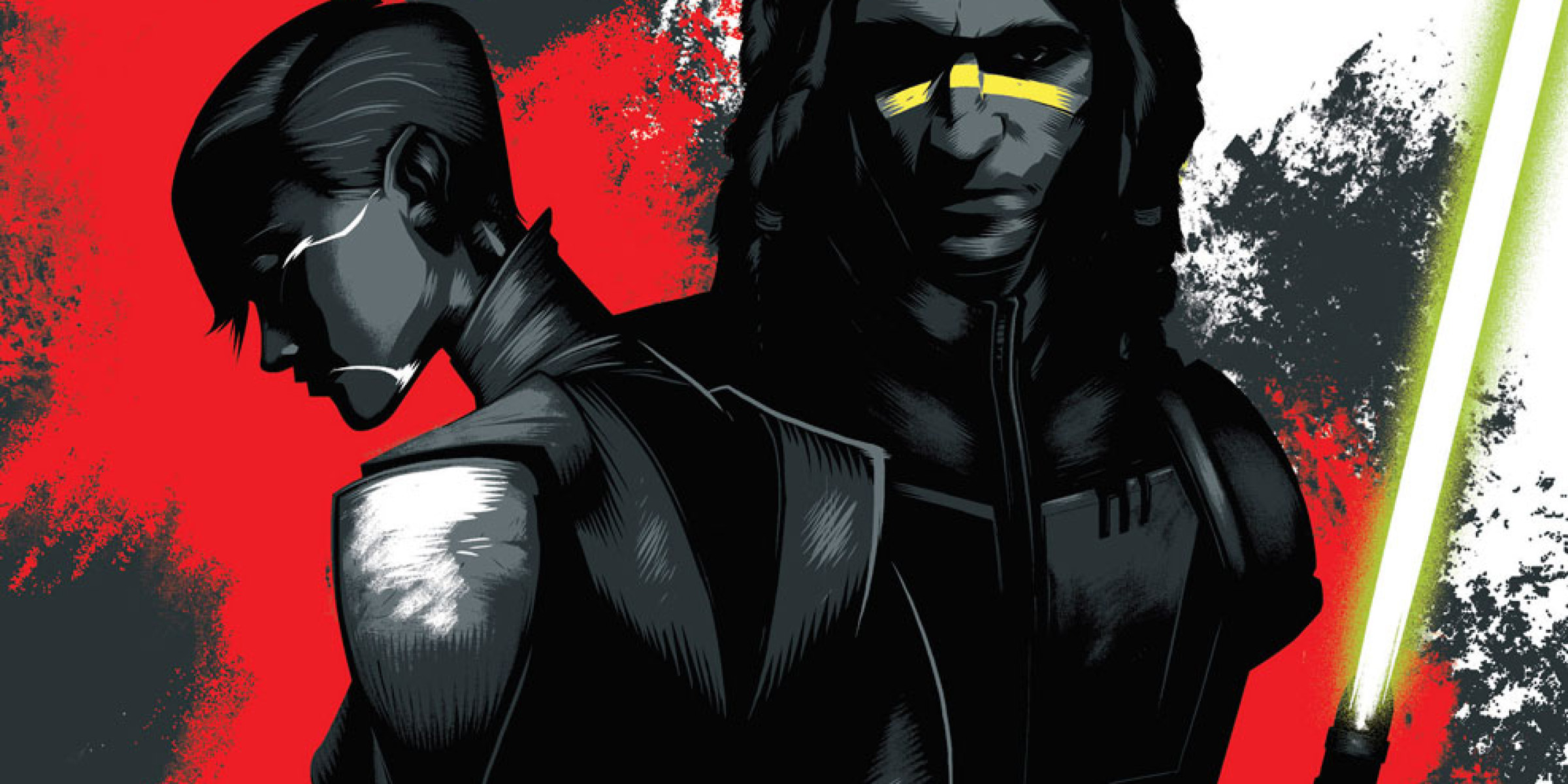
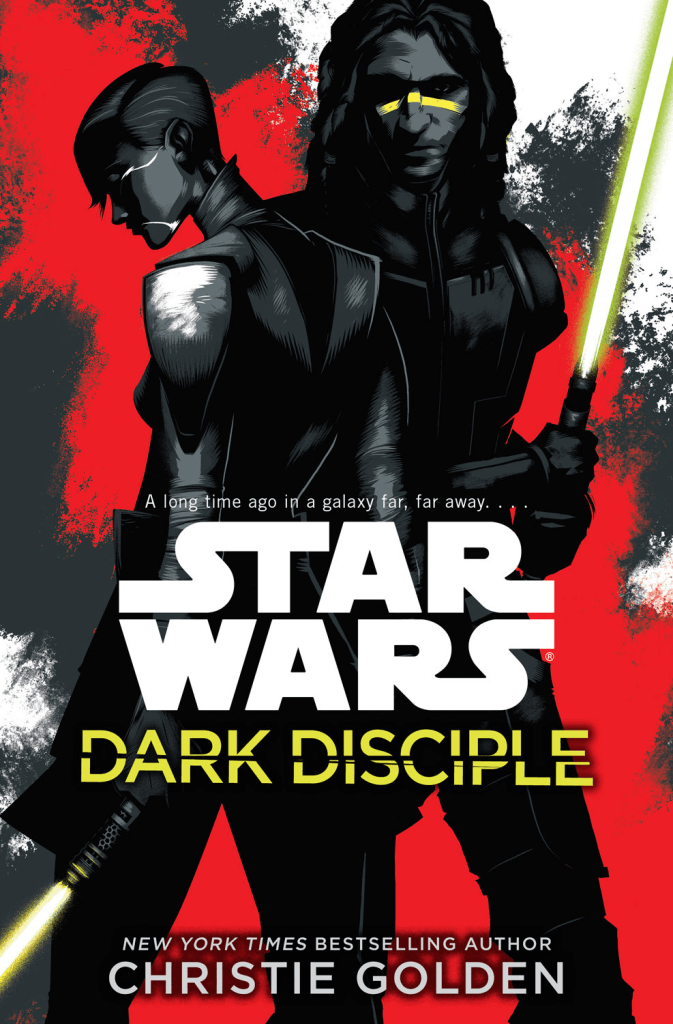
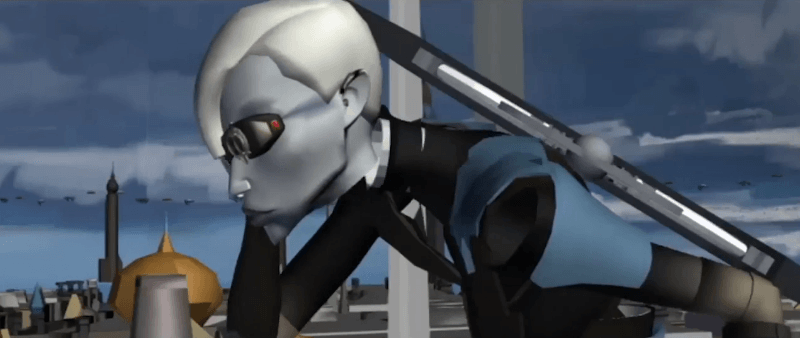
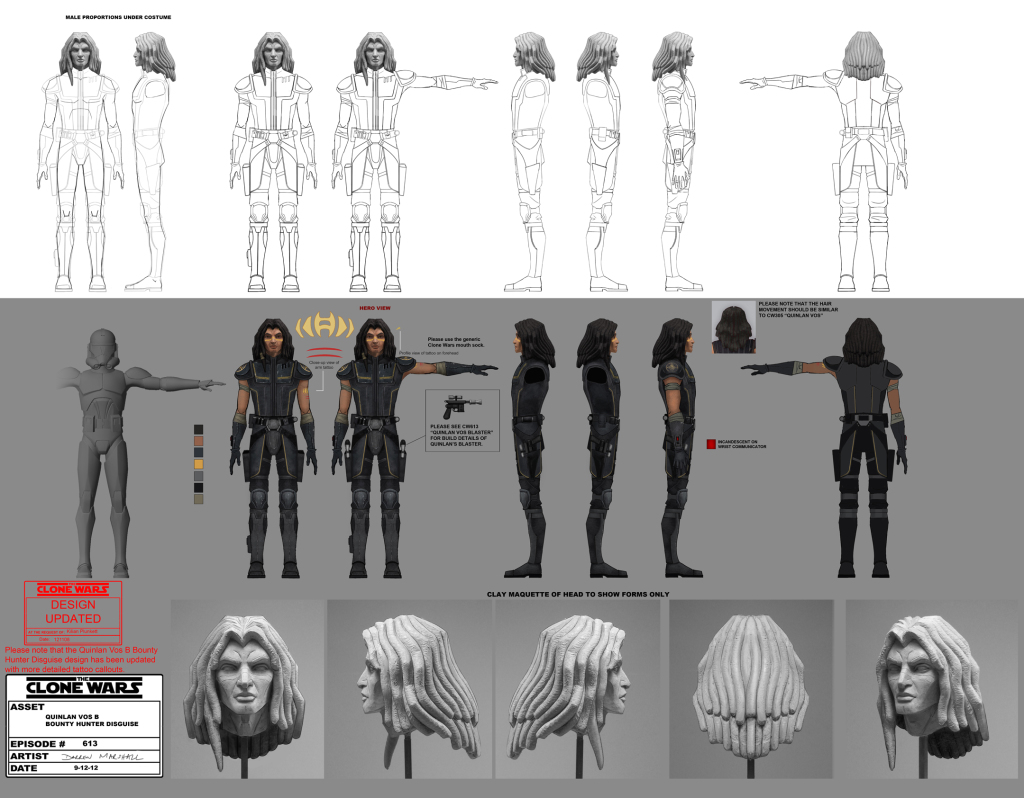

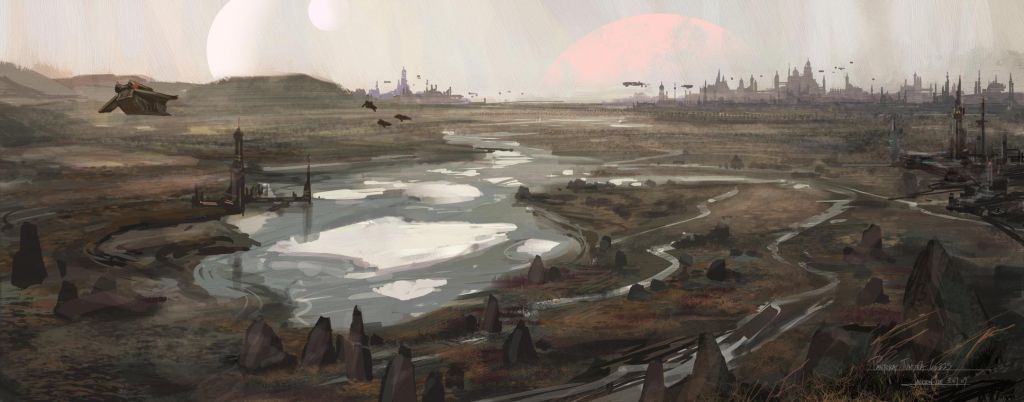
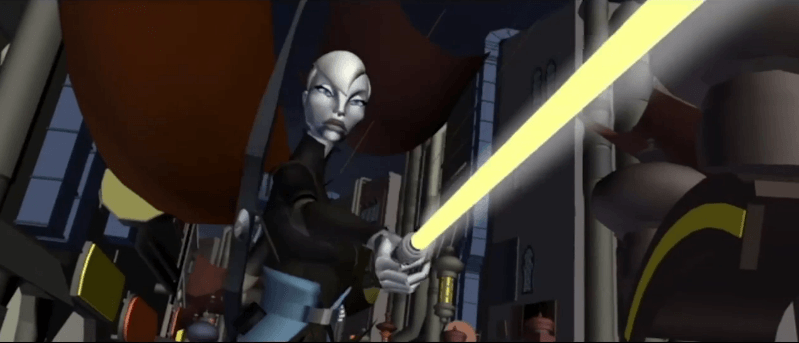
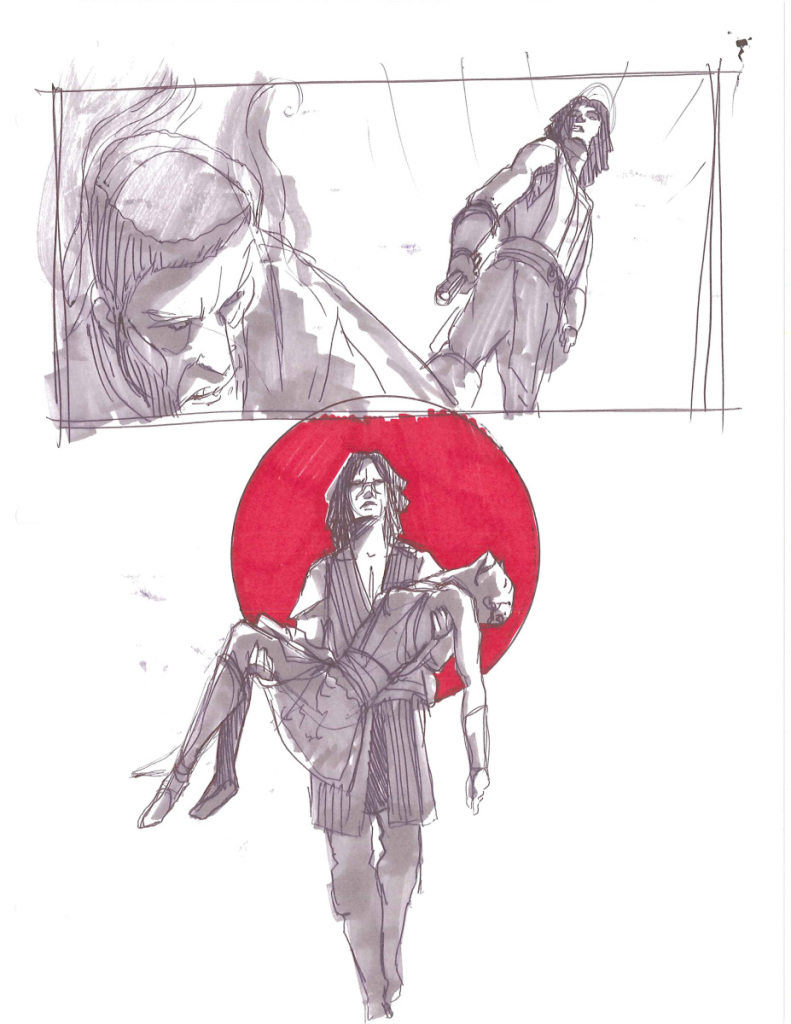
The death of Ventress is truly a sad one. May she rest in peace.
Interesting observations. Thank you.